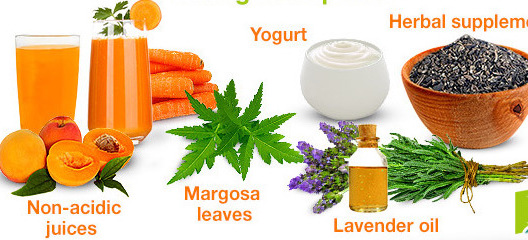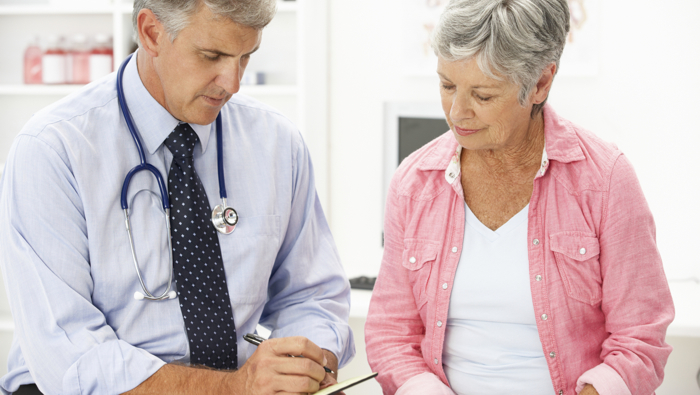
A decade-long research effort to uncover the environmental causes of breast cancer by studying both lab animals and a group of healthy US girls has turned up some surprises, according to AFP
At the center of the investigation are 1,200 schoolgirls who do not have breast cancer, but who have already given scientists important new clues about the possible origins of the disease.
Some risk factors are well understood, including early puberty, later age of childbearing, late onset of menopause, estrogen replacement therapy, drinking alcohol and exposure to radiation, AFP reports.
Advances have also been made in identifying risky gene mutations, but these cases make up a small minority.
“Most of breast cancer, particularly in younger women, does not come from family histories,” said Leslie Reinlib, a program director at the National Institute of Environmental Health Sciences.
“We have still got 80 percent that has got to be environmental,” said Reinlib, who is part of the Breast Cancer and the Environment Research Program (BCERP) program that has received some $70 million in funds from the US government since 2003.
Some of its researchers track what is happening in the human population, while others study how carcinogens, pollutants and diet affect the development of the mammary glands and breast tumors in lab mice.
The program’s primary focus is on puberty because its early onset “is probably one of the best predictors of breast cancer in women,” Reinlib said.
Puberty is a time of rapid growth of the breast tissue. Research on survivors of the Hiroshima atomic bombings in Japan has shown that those exposed in puberty had a higher likelihood of developing breast cancer in adulthood.
The 1,200 US girls enrolled in the study at sites in New York City, northern California and the greater Cincinnati, Ohio, area beginning in 2004, when they were between the ages of six and eight.
The aim was to measure the girls’ chemical exposures through blood and urine tests, and to learn how environmental exposures affected the onset of puberty and perhaps breast cancer risk later in life.
Researchers quickly discovered that their effort to reach girls before puberty had not been entirely successful.
“By age eight, 40 percent were already in puberty,” said Reinlib. “That was a surprising bit of information.”
Further research has shown that the girls appear to be entering puberty six to eight months earlier than their peers did in the 1990s.
A study published last week in the journal Pediatrics on this cohort of girls found that obesity was acting as a primary driver of earlier breast development.
Other studies on the girls have focused on chemicals that are known as endocrine disruptors because they are believed to cause either earlier or later breast development.
Initial results showed “for the first time that phthalates, BPA, pesticides are in all the girls they looked at,” said Reinlib.
Researchers were taken aback by the pervasiveness of the exposures, but also by the data which appeared to show some plastic chemicals might not be as influential on breast development as some have feared.
“They didn’t find much of an association between puberty and phthalates, which are these chemicals that leach out of plastic bottles and Tupperware,” Reinlib said.
Another major finding regarded blood chemicals from two nearby groups in Ohio and Kentucky, both drinking water that was apparently contaminated by industrial waste.
Girls in northern Kentucky had blood levels of an industrial chemical — perfluorooctanoic acid (PFOA or C-8) found in Teflon non-stick coating for pans — three times as high as those who drank water from the Ohio River near Cincinnati, where water was filtered with state-of-the-art technology.
“Northern Kentucky did not have granular activated carbon filtration” in their water supply said researcher Susan Pinney, a professor at the University of Cincinnati School of Medicine.
“In 2012 they put it in after they learned of our preliminary results.” Families were also notified of their daughters’ blood levels, she said.
The chemicals can linger in the body for years. Researchers were dismayed to learn that the longer the girls spent breastfeeding as infants — typically touted for its health benefits — the higher their PFOA levels compared to girls who were fed formula.
What cannot be studied in the girls is tried on lab mice, who in one experiment are being fed high-fat diets and exposed to a potent carcinogen to see how the two interact.
Mammary tumors develop much faster in the high-fat diet group, said scientist Richard Schwartz of the department of microbiology and molecular genetics at Michigan State University.
Fat mice have more blood supply in the mammary glands, higher inflammation levels and display changes in the immune system.
Follow-up studies suggest that cancer risk stays high even if mice are fed high-fat diets in puberty and switched to low-fat diets in adulthood, he told AFP.
“The damage is already done,” he said. “Does this mean that humans are at risk the same way? We don’t know that with certainty.”
But the findings do reinforce the advice that people often hear regarding how to maintain good health — avoid fatty foods, maintain a normal weight and reduce chemical exposures wherever possible, experts say.
“It can’t hurt, and it can only help,” said Schwartz.
Breast cancer is the most common cancer in women globally and took 508,000 lives in 2011, according to the World Health Organization.
Source: News OK









 Almost a quarter of middle-aged women report their quality of sleep is less than good, according to a new study.
Almost a quarter of middle-aged women report their quality of sleep is less than good, according to a new study.
